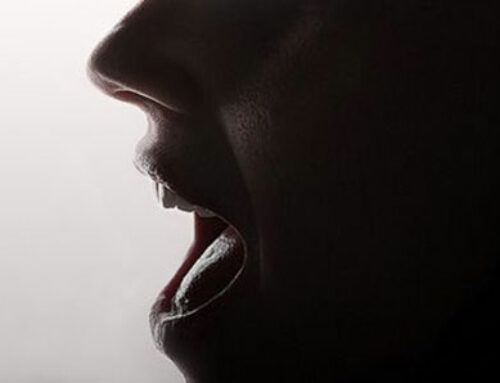In each coaching engagement, I ask many questions, not only to help me do a great job for my customer, but also to help the presentation team be confident! Knowing the architecture, layout, configuration, and use of the room helps build that team confidence.
Presenting at your site or at a customer/ Government site? My experience indicates this is an agency-by-agency decision, depending on the wishes of the individual Government agency. Do I have a preference? Yes, I would present at my own site anytime! I can control the surroundings much easier and know more about the facility. I can also better exploit the full capabilities of my facility.
How is the room laid out, configured? How big is the room? Is the room long and narrow? Is it square? Are there interior and/or exterior windows? Is there one conference table, a series of tables in a U-shape? Is there theater seating? If going to a Government facility, I prefer a smaller (but not so small that it inhibits movement) more intimate room to a larger room. I also prefer a single conference table or U-shaped series of tables over theater seat-in. (My teams can monitor audience action/reaction/feedbackmuch more effectively in a conference-configured room).
What is the lighting environment? Does the room have multi-zone lighting? Is both fluorescent and incandescent lighting available? How is the lighting allocated? Proper lighting remains a key challenge, especially when using a projection mechanism and videotaping the presentation for the record. I spend much time working with development teams to employ lighting correctly to have a positive impact on the presentation. The right mix of lighting can help a presentation appear more professional, while the wrong mix can have devastating results on chosen colors. Hint: Darken the room, but not too much.
What information do you have/can you gather about the room? To answer questions like those asked above, I recommend performing a site survey of the room, walking away with a house plan-like architectural drawing of the room. The drawing should include locations of electrical services, lighting and lighting controls, projection methods and capabilities, screens, projectors, telephones and telephone lines, refreshment areas, eating areas, etc., etc. Consider this a classic intelligence-gathering mission. Note: If the Government does not indicate in the RFP that site visits are permitted, ask the question and schedule one. MOST of my teams have asked to survey the room and have succeeded, and given better presentations because of the survey. Hint: Also pay attention to what is going on near and around the room that might have a negative impact on your presentation like construction.
Can you rehearse in the room? If presenting at a Government site, ask if you can rehearse in the room. If permitted, the Government (again, depending on the Agency) will probably extend rehearsal invitations to all bidders to level the playing field. This is easier to accomplish if there are few bidders in the competition. Hint: Schedule this rehearsal for late in the coaching/rehearsal cycle.
Some Other Questions to Ask: Can you move furniture/rearrange the room? What presentation software (& version) is used? Who will be sitting where? Where can we sit? How early can we arrive on presentation day?
Some Interesting War Stories: Be flexible! One of my teams presented over the din of a 100 Kilowatt generator near the room–they knew about it because they surveyed–while another asked the Government to turn off a large video monitor showing the video feed of the presenter’s Face — the monitor was facing the presenter!


Leave A Comment